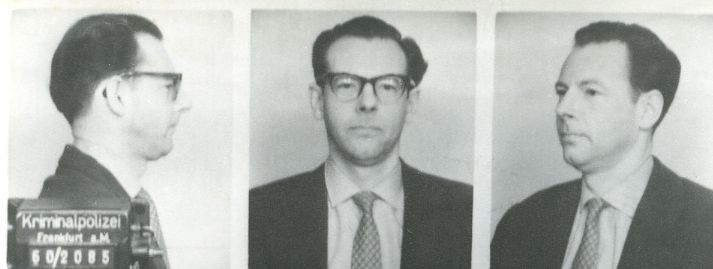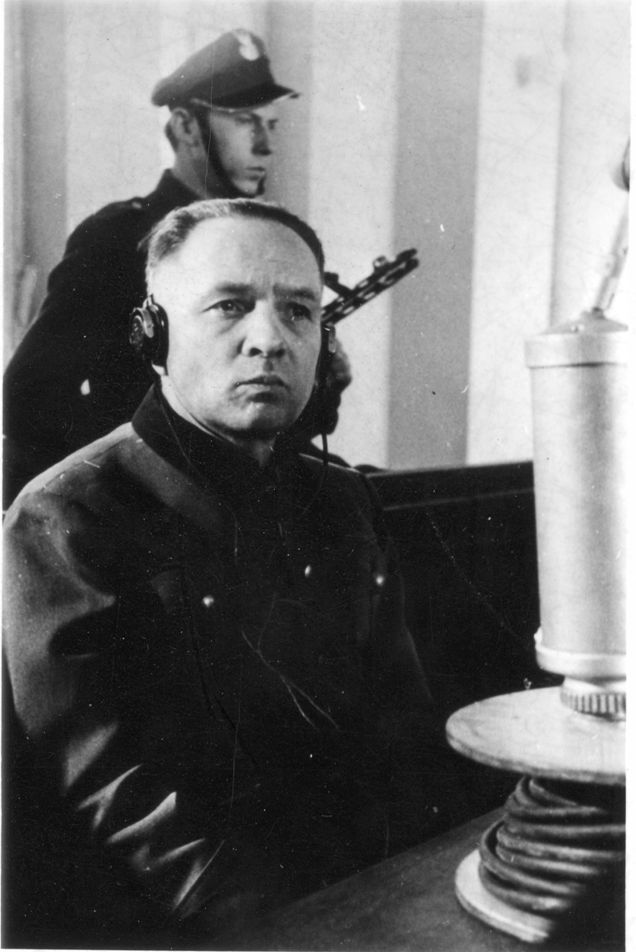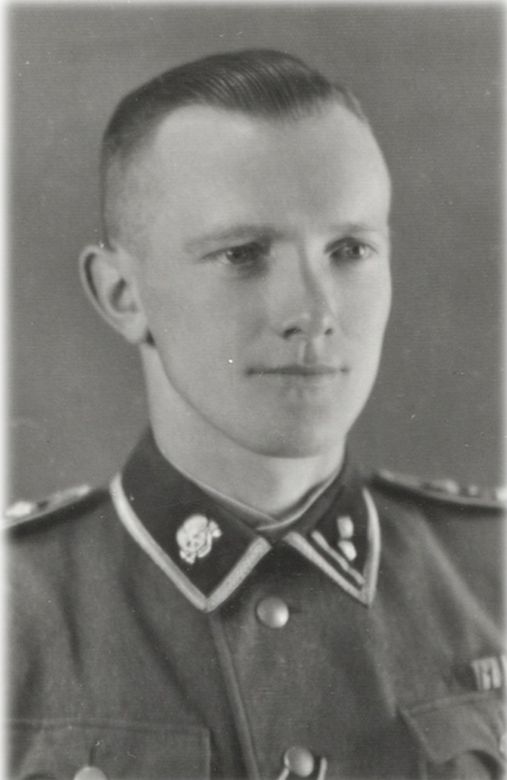I am unable to say how many Gypsies or people of mixed race were held in Auschwitz. I only know they filled a camp sector intended for 10,000 inmates completely. Generally, conditions in Birkenau were not suitable for the setting up of a family camp. There were no suitable conditions for holding the Gypsies, even if only until the end of the war. It was not possible to provide the children with appropriate nutrition, even though, by referring to an order of the Reichsführer SS, I was able to deceive the Reich food offices and acquire nutrients for the infants. This soon ended when the Ministry of Food forbade the allocation of any food for children in concentration camps. …
In August 1944, some 4,000 Gypsies destined for the gas chambers still remained in Auschwitz. Right up to the last moment they did not know what awaited them. They only became aware as they were made to march in groups towards crematorium I. It was not easy to make them enter the gas chamber. I did not see it myself, but Schwarzhuber told me that any liquidation of the Jews was not so difficult as the liquidation of those Gypsies. Especially because he knew each of them so well, was on good terms with them, and they were trustful like children.
Despite the difficult conditions, as far as I could tell, most of the Gypsies did not suffer psychologically from their imprisonment, if we ignore the fact that they were restrained from their natural compulsion to roam. They were accustomed to cramped spaces, poor hygiene and partly also malnourishment due to their previously primitive lifestyle. Nor did they take seriously the diseases and high mortality. As a matter of fact, they were still like children, carefree in all their actions and thoughts, always willing to play also during work, as they did not treat it too seriously. Even in the worst situations they tried to see the bright side and be optimistic.
I never noticed a Gypsy who looked gloomy or hateful. When you came to the camp, they would immediately come out of their barracks, play instruments, tell their children to dance and play their usual tricks. There was this small square where the children were free to play with all the toys. When you spoke to them, they replied freely and trustfully, they expressed their various wishes. I had the impression they were not fully aware of their imprisonment.
In relations with each other they were quite belligerent. This results from differences between families and tribes, as well as hot Gypsy blood, always prone to arguing. Within individual clans they were remarkably close. When clan members were selected as being fit enough to work, there followed touching scenes of tears and suffering as families were divided. But they could be calmed a little by being told they would all later be together again.
For a time, Gypsies fit for work were held in the Auschwitz main camp. They did everything so that from time to time they could see their families, at least from afar. During roll call we often had to search for younger Gypsies who, missing their families so much, secretly slipped over to the Gypsy camp.
… It would have been interesting to observe the way they lived and behaved if I had not seen the terrible order of destruction about which from mid-1944 only I and the doctors knew. …



